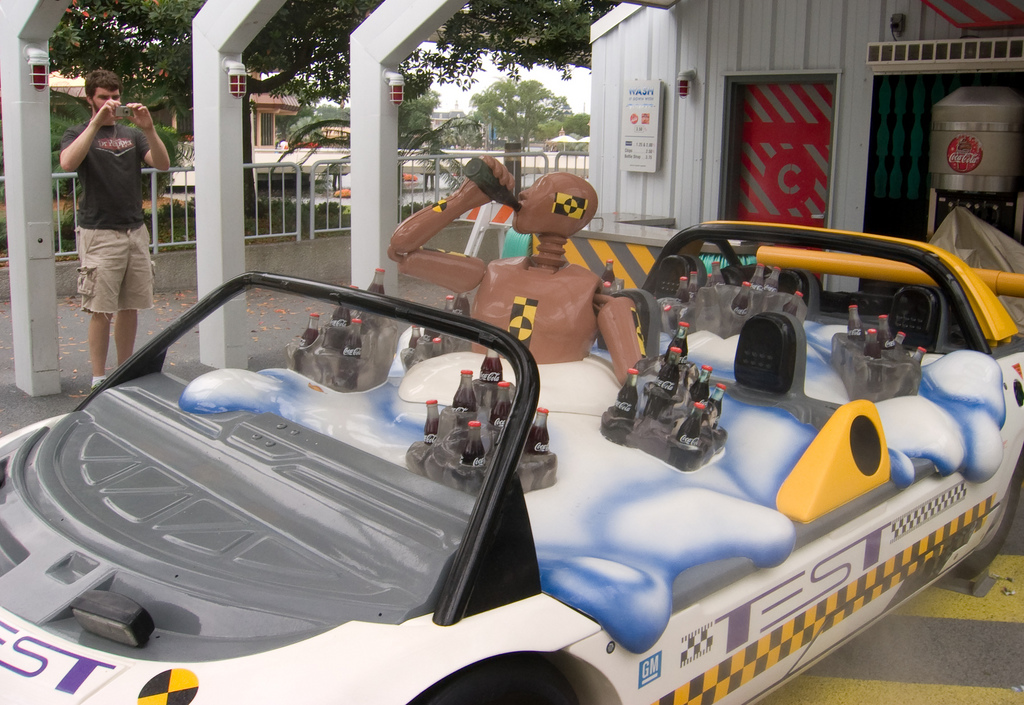For teenagers living in the United States, traffic fatalities represent the number one cause of death. Approximately 36 percent of teenage deaths are traffic-related. When calculated per mile driven, a driver age 16 to 19 is four times more likely to crash an automobile than are drivers of other ages. Teens should focus on basic driving rules and prevent distractions while driving. Parents should reinforce this information in order to keep their teenagers safe.
Compared to drivers within other age groups, teen drivers have the lowest seatbelt usage rate. Wearing a seatbelt can prevent injuries and save lives. Whether they are driving or traveling as passengers, teens should wear their seatbelts. Currently, 33 states, the District of Columbia, and several U.S. territories have primary seatbelt laws for occupants of the front seat. In 15 of these states and the District of Columbia primary laws apply to seatbelt use in rear seats. Sixteen states have secondary seat belt laws that allow tickets to be issued when another citable traffic infraction exists.
Many teens have an urge to speed and this affects the safety of their vehicles, their passengers, and themselves. Teen drivers should pay attention to speed limits and be alert to pedestrians and other cars. They should avoid packing too many teenage passengers into their own cars because this directly affects the chance of a car crash. Teen passengers should not be permitted unless an adult is present in the car.
Teenagers and other new drivers are most susceptible to driving distractions. Teens should avoid talking on cell phones, operating MP3 players, playing loud music, and behaving wildly while driving. Focusing on driving and paying attention to surroundings reduce the chance of a crash. Daytime is the safest time for teens to drive because visibility is the greatest.
Driving under the influence of alcohol is not smart for anyone because these drivers pose threats to others and themselves. Teens should never drink alcohol before getting behind the wheel and passengers should not travel with a driver they suspect is under the influence. There is never a second chance to make a decision that could be fatal.
Becoming a driver is an exciting rite of passage but teens should not rush into it. They should learn the driving laws in their state and participate in behind-the-wheel training to gain practical experience. Most states have adopted graduated driving programs that allow new drivers to increase their driving privileges as they perfect their skills.
*Photo Courtesy of Jason Pratt via Creative Commons License

